Yong Xiao Wang, Albany Medical College, United States
Vascular contributions to cognitive impairment and dementia (VCID) is a common neurodegenerative disease. This dementia includes all types of vascular dementia. It is caused by brain cerebral blood vessel dysfunctions. VCID has high morbidity and mortality. Diabetes is a leading [....] » Read More
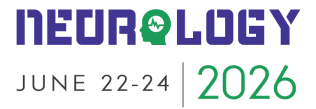


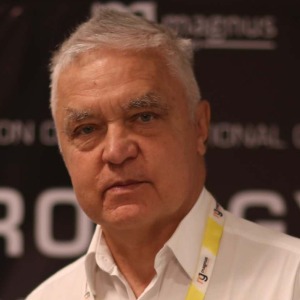

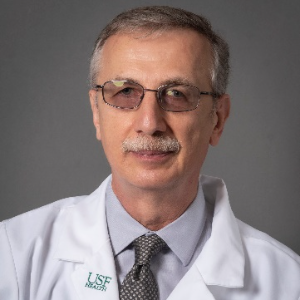
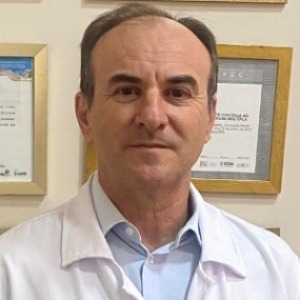
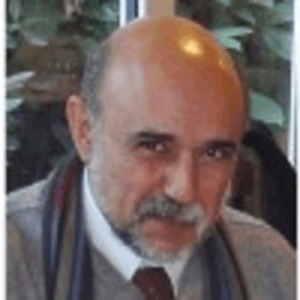
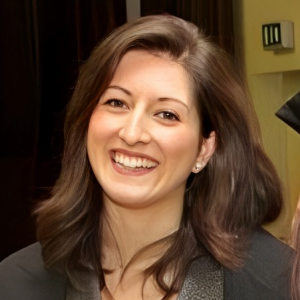


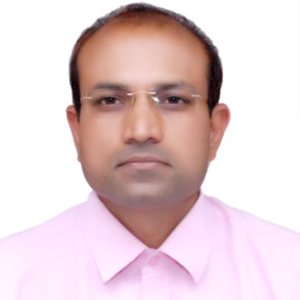
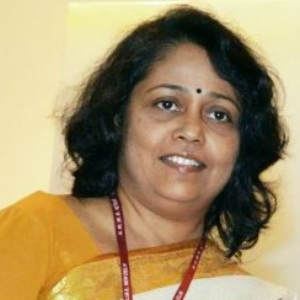
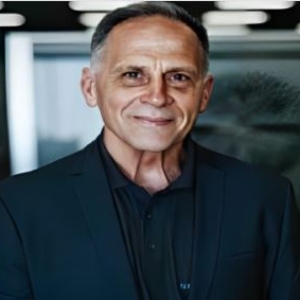
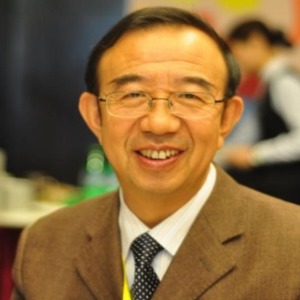
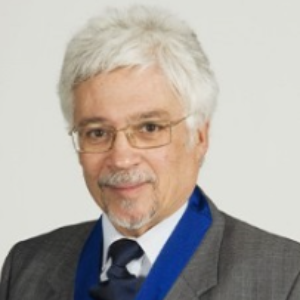
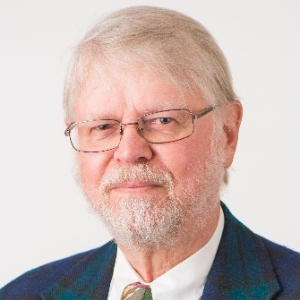
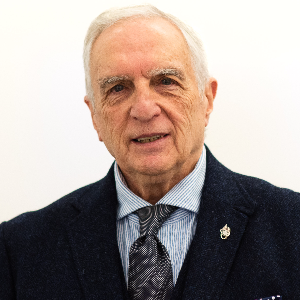
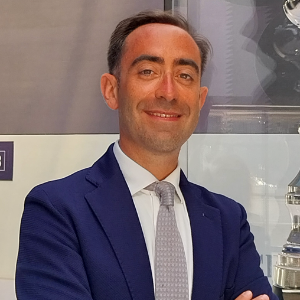
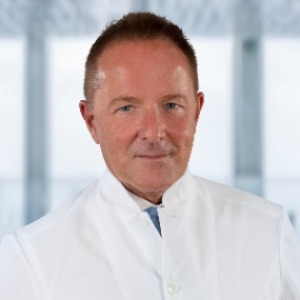
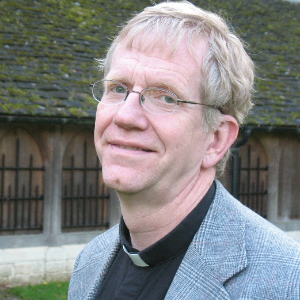
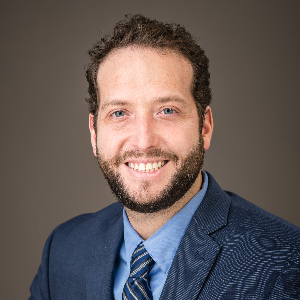
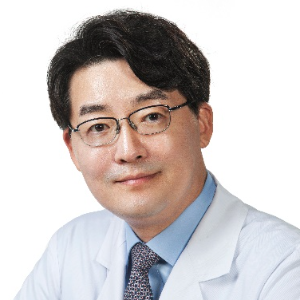


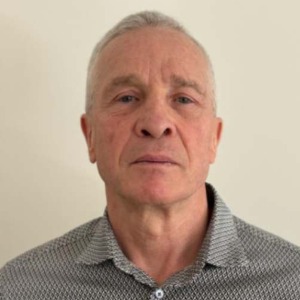
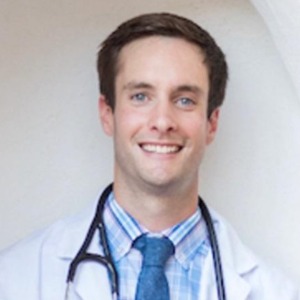
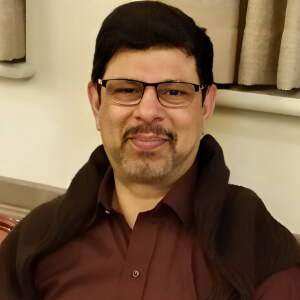
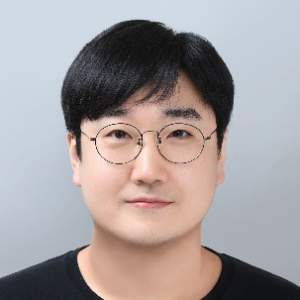
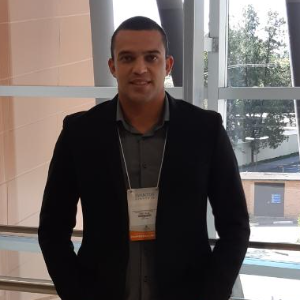
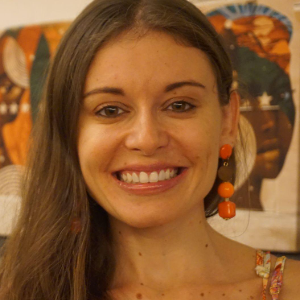
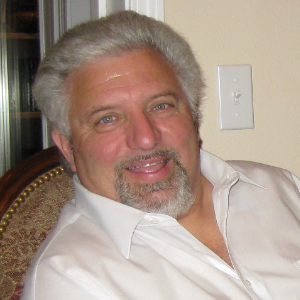

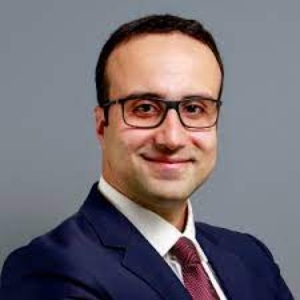
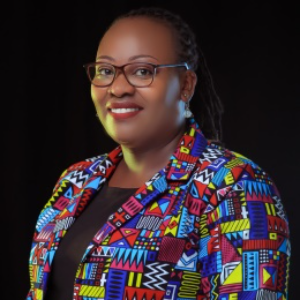
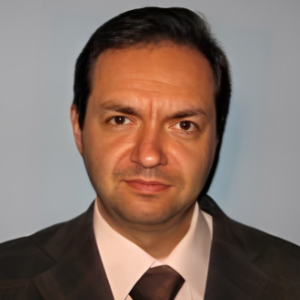
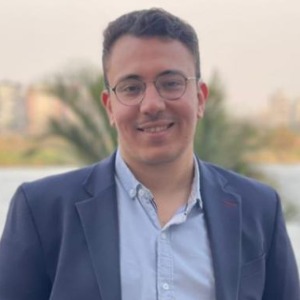
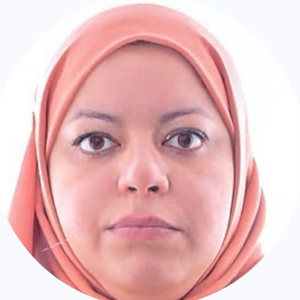
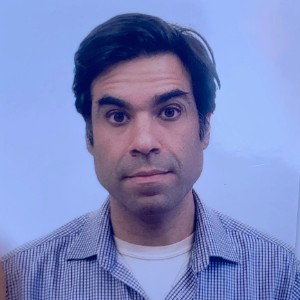


Title : ACE-dependent Alzheimer’s Disease (AD)
Sergei M Danilov, University of Illinois, United States
An analysis of 1200+ existing missense ACE mutations revealed that >400 are predicted to be damaging and led us to hypothesize that heterozygous carriers of these loss-of-function (LoF) ACE mutations (which result in low ACE levels) may be at risk for the development of late-o [....] » Read More
Title : Who cares …… for the carers
Jaqueline Tuppen, COGS Club, United Kingdom
The House of Commons Inequalities in Dementia Care Debate 2024 highlighted that in the whole of the UK, the number of people with dementia is estimated at 850,000 and in England, around 540,000 people care for an individual with dementia. These numbers are replicated around [....] » Read More
Title : Neurophenomenology in retraining musicians with task-specific focal dystonia: Three cases
Sang Hie Lee, University of South Florida, United States
Musicians experience a high rate of playing-related pain and injury due to the rigorous nature of repetitive mind-body training, specifically musculoskeletal disorders (PRMD), performance anxiety (PA), and task-specific neurological disorder (TSND). TSND is the least understood b [....] » Read More
Title : Scientific-technological integration towards the clinical rehabilitation of spinal cord injured individuals
Alberto Cliquet Junior, UNICAMP, Brazil
Individuals with spinal cord injury rarely have access to innovative technology. The work presented here has allowed sensorimotor recovery to paraplegics and tetraplegics, in addition to the production of cutting-edge technology for control of upper and lower limbs. Neuromuscular [....] » Read More
Title : Targeting the endocannabinoid system: A novel approach to the treatment of traumatic brain injury and stroke
Esther Shohami, The Hebrew University of Jerusalem, Israel
Cannabis is one of the most widely used plant drugs in the world and was used for millennia for its medicinal and mind-altering effects. The latter are known to be mediated via the activation of the endocannabinoid (eCB) receptor CB1. Developments in medicinal chemistry of novel [....] » Read More
Title : Interactions between COX-2 and glutamatergic receptors with CB1 as a novel target in mood and cognitive studies
Katarzyna Stachowicz, Polish Academy of Sciences, Poland
Glutamate, the brain’s primary excitatory neurotransmitter, maintains neuronal communication and functional stability. Together with gamma-aminobutyric acid (GABA), the primary inhibitory neurotransmitter, it establishes a balance essential for cognitive processes, emotiona [....] » Read More
Title : Neuromedin U induces airway goblet cell hypersecretion through eosinophil-derived interleukin-1α in allergic rhinitis
Changqing Zhao, Shanxi Medical University, China
Background: Neuropeptide neuromedin U (NMU) is elevated in allergic rhinitis (AR) and has been linked to eosinophil activation, but its role in goblet cell (GC) secretion during AR remains unclear. This study aimed to investigate whether NMU induces GC hypersecretion. Methods: [....] » Read More
Title : Neuroimmune mechanisms in nasal hyperreactivity: Unraveling the nose-brain axis
Yanjie Wang, Shanxi Medical University, China
Nasal hyperreactivity (NHR), including conditions such as allergic rhinitis, represents a group of common disorders characterized by complex neuroimmune interactions, with underlying mechanisms that are not fully understood. Communication between the nervous and immune systems pl [....] » Read More
Title : Role of alzheimer’s disease presenilin-1 associated protein in mitochondrial apoptosis
Xuemin Xu, The University of Texas Permian Basin, United States
The process of apoptosis, a programmed form of cell death, is a normal occurrence during neurogenesis in the maturation of the central nervous system. However, dysregulated or premature activation of apoptosis can contribute to the pathogenesis of various neurodegenerative disord [....] » Read More
Title : The loss of PINK1 function alters molecular pathways in human fibroblasts
Yingxue Ren, Mayo Clinic, United States
Parkinson's disease (PD) is the most common neurodegenerative movement disorder. Mutations in the PINK1 and PRKN genes have been linked to early-onset PD and are among one of the most frequent causes for inherited, recessive PD. PINK1 and PRKN together eliminate damaged mitoc [....] » Read More
Title : Brain health factors in aging executives: Insights from Mayo Clinic Arizona’s THRIVE pilot study
Dixie J Woolston, Mayo Clinic Arizona/Scottsdale, United States
Background: Brain health is essential for cognitive, emotional, and behavioral functioning throughout life. The WHO's 2022 position paper emphasized the critical role of modifiable factors—such as physical activity, sleep, stress, and substance use—in maintaining [....] » Read More
Title : The absolute beginner. Right-and lefthand process-based measures in handwriting
Carlo Di Brina, Sapienza University of Rome, Italy
Fine motor performance across ages is traditionally assessed through handwriting and drawing, focusing on both the final product and the kinematic aspects of the movement (Blank et al., 2019; Smits-Engelsman et al., 2001; van Drempt et al., 2011). In kinematic analysis, tablet-ba [....] » Read More
Title : Mucin detection based on Thioflavin T and lasing effect – A proposal for diagnostics of brain tumors from human tears
Ewelina Jalonicka, Cardinal Stefan Wyszynski University in Warsaw, Poland
Brain tumors, especially glioblastoma, are highly malignant and lethal to humans. There is no rapid, non-invasive, early diagnostic method in the world. Recent reports indicate a major role of mucins in the pathogenesis of glioblastoma. Unfortunately, there is no method for rapid [....] » Read More
Title : Improvement of brain function by wasabi component “hexaraphane”
Isao Okunishi, Kinjirushi Co Ltd, Japan
Hexaraphane (6-methylsulfinylhexyl isothiocyanate; 6-MSITC) is an isothiocyanate present in the rhizomes and roots of Wasabi (Eutrema japonicum (Miq.) Kiudz.). Here we present the results of two clinical trials conducted on healthy subjects and patients with chronic fatigue syndr [....] » Read More
Title : Impact of egg-derived proteins, yolkin polypeptide complex and ovocystatin, on blood-brain barrier integrity and function
Bartlomiej Stanczykiewicz, Wroclaw Medical University, Poland
Introduction: The blood-brain barrier (BBB) is a highly selective and protective membrane that separates the brain from the circulating blood, effectively shielding it from harmful substances, toxins and pathogens. Its primary function is to maintain brain homeostasis, regul [....] » Read More
Title : Phosphorylation of Kv7.2 potassium channel’s regulatory domain alters binding interactions with calmodulin
Sinchana Basoor, UT Health San Antonio, United States
Kv7 channels are potassium ion channels expressed in the nervous system. Kv7 channels function to control the excitability of neurons by reducing the rate of action potential firing. The Kv7.2 channel has been shown to play a particularly crucial role in neurodevelopment. Five di [....] » Read More
Title : Deepthickness: A novel deep learning method for estimating cortical thickness trajectories in healthy and alzheimer’s disease populations
Connor Dalby, University of Glasgow, United Kingdom
Alzheimer's disease (AD) is a neurodegenerative disease that presents with critical challenges in diagnosis and treatment. Emerging research indicates that AD-related cortical changes, such as cortical thickness, can appear up to a decade before cognitive symptoms. Accurately [....] » Read More
Title : Prosodic changes in patients with idiopathic parkinson’s disease: The effect of dysarthria severity
Miseon Kwon, Asan Medical Center, Korea, Republic of
Background & Objective: Patients with Parkinson’s disease frequently show hypokinetic dysarthria exhibiting both segmental and suprasegmental features of speech, such as monotonous pitch, reduced intensity, inappropriate pauses, slow or fast speech rate, and harsh voice [....] » Read More
Title : Validation study of the cogniscan computerized test for memory and processing speed in a Brazilian sample
Mariana Medeiros Assed, University of Sao Paulo, Brazil
To evaluate the psychometric properties of the Cogniscan screening test, a self-administered software for assessing episodic and working memory, focusing on validating its accuracy in a Brazilian clinical sample. Participants and Methods: This study involves 300 volunteers aged 1 [....] » Read More
Title : The efficiency of using clonidine buccally and dexmedetomidine intranasally as non-invasive procedural sedation during magnetic resonance imaging in patients hospitalized at the neonatology department in Ceske Budejovice
Martina Sivakova, Ceske Budejovice Hospital, Czech Republic
Backround: Procedural sedation does not have clear recommendations in the newborn population. There is an effort to find a balance between the need to minimize motion artifacts during imaging (including MRI) and the use of sedatives with the lowest possible adverse effects on the [....] » Read More
Title : Brain aquaporin expression in development and disease
Randall Woltjer, Oregon Health and Science University, United States
Aquaporins (AQPs) are channels that participate in water homeostasis in various organs including the kidney and brain. Several classes of these including AQP1, AQP4, and AQP9 are expressed, chiefly by glial cells, in the healthy human brain in a region-specific manner. Cerebral c [....] » Read More